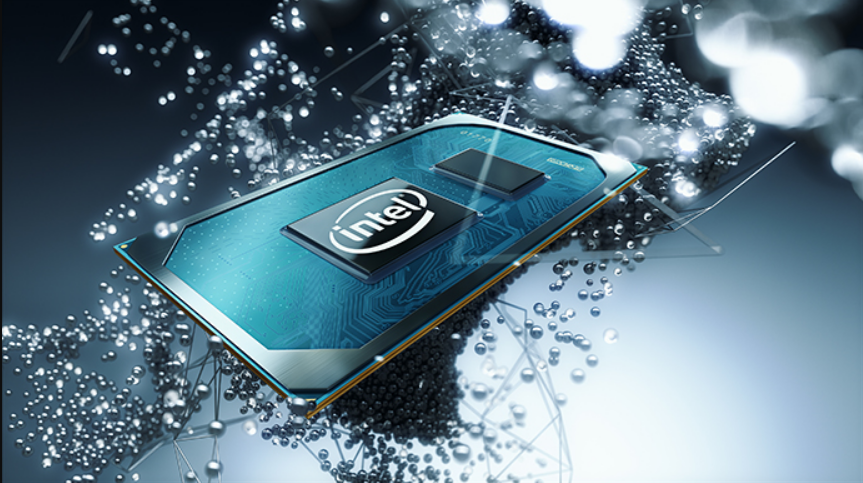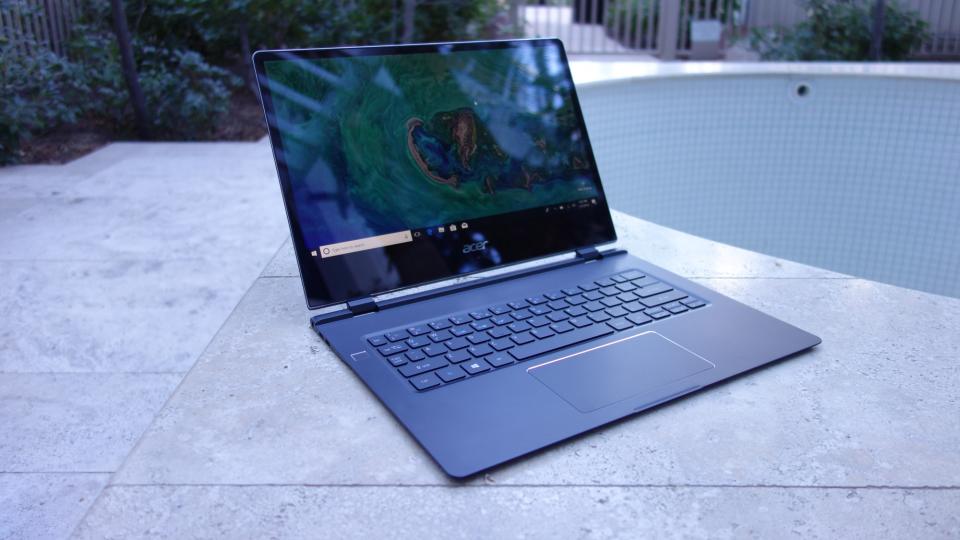Moore’s Law survives in Intel’s Cannon Lake chip
CES 2017: 2-in-1 device sports new Intel 10nm processor

Intel has kept Moore's Law relevant by revealing a 2-in-1 device running the firm's Cannon Lake' chip at CES 2017.
Moore's Law, which predicts that the number of transistors in a circuit will double every two years, has proved true since its introduction in the 1960s, but speculation has mounted since 2012 that the law will soon falter as technological progression reaches a peak.
But Intel CEO Brian Krzanich used the new PC to demonstrate that "Moore's Law is alive and well and flourishing", according to Digital Trends.
The publication reported that the unnamed 2-in-1 PC is the first to feature a 10nm chip, which Krzanich said will allow hardware manufacturers to build slimmer, more powerful devices that can better support virtual reality.
He added: "So for those who are wondering if Moore's Law is alive, is 10 nanometers going to be here, the answer is absolutely yes. And I believe Moore's Law will be well beyond my career alive and well and kicking."
Intel's 10nm chip will feature in other products before the end of 2017, Digital Trends reported, with a recent Intel leak suggesting the Cannon Lake processor design could also push into 2018 in the form of Kaby Lake U and H chips.
Qualcomm also announced a 10nm chip, the Qualcomm Centriq 2400, at CES yesterday, after teasing them in December.
Sign up today and you will receive a free copy of our Future Focus 2025 report - the leading guidance on AI, cybersecurity and other IT challenges as per 700+ senior executives
Previous reports suggest Intel will start production of 7nm chips in 2020, and 5nm in 2022 if silicon remains a cost-effective material for processors.
-
 Trump's AI executive order could leave US in a 'regulatory vacuum'
Trump's AI executive order could leave US in a 'regulatory vacuum'News Citing a "patchwork of 50 different regulatory regimes" and "ideological bias", President Trump wants rules to be set at a federal level
-
 TPUs: Google's home advantage
TPUs: Google's home advantageITPro Podcast How does TPU v7 stack up against Nvidia's latest chips – and can Google scale AI using only its own supply?
-
 Intel shows off Tiger Lake, bending laptops at CES
Intel shows off Tiger Lake, bending laptops at CESNews Intel reveals a few more details about its design road map, including what next-gen laptops may look like
-
 Is the PDA about to make a comeback?
Is the PDA about to make a comeback?News Gemini hardware has a deca-core processor and bigger battery than the Note 8
-
 Acer bolsters its laptops at CES 2018 with the Acer Swift 7 and Chromebook 11
Acer bolsters its laptops at CES 2018 with the Acer Swift 7 and Chromebook 11News Acer's new laptops have something for everyone: the gamer, the worker on the move and the emailer on a budget
-
 Razer prototypes stolen at CES
Razer prototypes stolen at CESNews Company won't rule out industrial espionage
-
 Lenovo ThinkPad X1 Carbon (2017)
Lenovo ThinkPad X1 Carbon (2017)First look This is no minor update: Lenovo makes the already excellent X1 Carbon smaller and lighter
-
 Dell XPS 13 2-in-1 and XPS 27: hands-on
Dell XPS 13 2-in-1 and XPS 27: hands-onReviews We check out the 2-in-1's business credentials, and give the designer-friendly XPS 27 a once over
-
 Samsung Chromebook Pro: First look
Samsung Chromebook Pro: First lookFirst look Samsung's Chromebook Pro gets ready for work
-
 Dell unveils enterprise-focused XPS 13 2-in-1
Dell unveils enterprise-focused XPS 13 2-in-1News New model features 360-degree hinge and new Intel processors